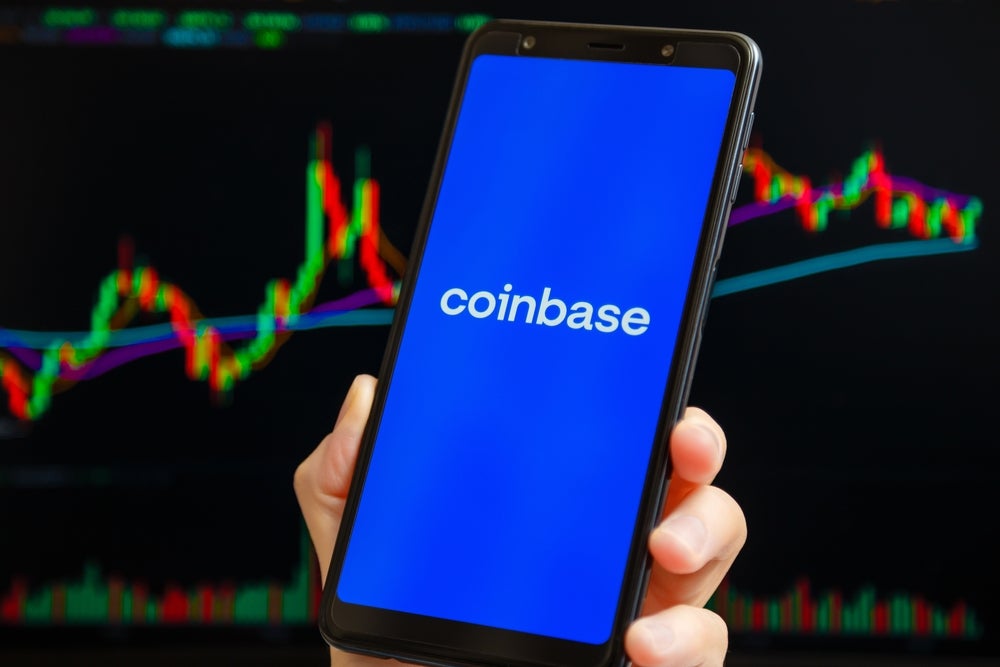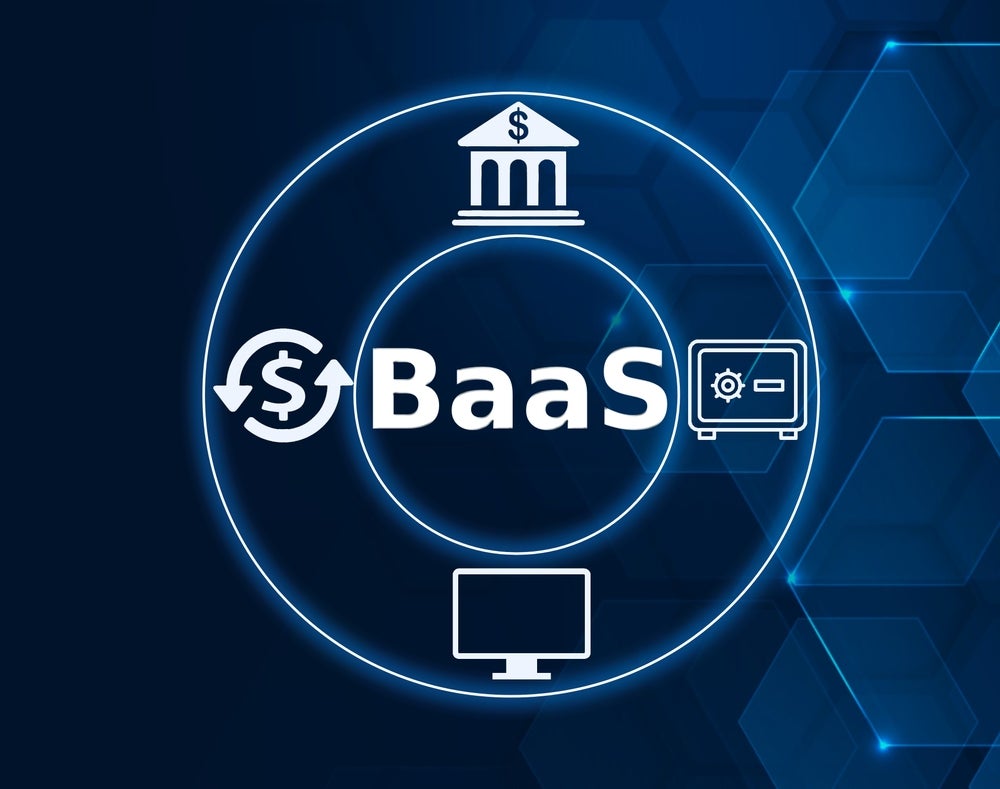
In Europe, as well as globally, airline co-brand cards are one of the most successful credit card products. In order to understand the challenges and opportunities for European issuers and their airline partners, First Annapolis Consulting examined the co-brand offerings of the top 25 European carriers. Erik Howell and Maria Popova report.
Twenty one out of the top twenty five European airlines ranked by average seat kilometers, have at least one co-brand programme ("programme" defined as a partnership between an issuer and an airline in a given country).
Not surprisingly, the lion’s share of the European airline co-brand market is attributable to the largest carriers, with the top five airlines comprising 44 out of the total of 85 programmes.
With the exception of a handful of airlines, notably Lufthansa, which together with its Miles & More partner airlines has 29 programmes in 25 countries, most airlines outside of the top five only have co-brand partnerships in their home markets.
Issuers and Networks
Most European airlines use a country-by-country approach to select issuers due to operational requirements and a lack of issuers with a pan-European presence.
How well do you really know your competitors?
Access the most comprehensive Company Profiles on the market, powered by GlobalData. Save hours of research. Gain competitive edge.

Thank you!
Your download email will arrive shortly
Not ready to buy yet? Download a free sample
We are confident about the unique quality of our Company Profiles. However, we want you to make the most beneficial decision for your business, so we offer a free sample that you can download by submitting the below form
By GlobalDataHowever, there are a few examples of airlines that have partnered with an issuer in more than one country (e.g., SAS with SEB and Lufthansa with Citibank and UniCredit); 33% of the top 25 airlines have more than one issuing partner in at least one country (e.g., Aeroflot has 7 different issuers in Russia).
In terms of network relationships, seven airlines have multiple network relationships in the same country, and five programmes are dual American Express and Visa/MasterCard programs, in which the cardholders receive both an American Express plastic and a Visa or MasterCard plastic (using the American Express plastic typically earns rewards at a higher rate).
Products and Value Propositions
Most of the top 25 European airlines’ co-brand products employ a traditional ‘miles per euro/dollar of spend’ value proposition structure with certain airline benefits. The typical earning structure is 1 mile per unit of currency spent, and only 19% of products offer extra miles for purchases on the airlines (significantly less than in the North American market).
71% of the co-brand products surveyed offered bonus miles to new cardholders or as anniversary incentives, but the offered bonus for 74% of the products was below 5,000 miles (also significantly less than in the North American market).
55% of surveyed products offered some form of ancillary or "soft" airline benefit, such as lounge access, preferred seating, concierge services, frequent flyer program status upgrade, and priority class check-in.
The average amount of spending required to earn a rewards ticket within Europe (assuming 10% of spend is on the airline, and not adjusting for differences in rewards ticket values between airlines), averages around 24,000. On a normalised basis, the average spending required to earn 25,000 miles is very similar at 23,500.
While 26% of the 210 products surveyed did not have annual fees, overall annual fees averaged 70 to 75 for the top 10 airlines, and between 40 and 60 for smaller airlines (in both cases, averages include cards with no annual fees).
There is not a direct correlation between annual fees paid and the mileage earning rate, and on average, cards with higher annual fees earn fewer miles. However, higher annual fee cards typically have better ancillary benefits, such as lounge access, etc.
European airline co-brands extend beyond credit cards. In Russia, British Airways and S7 Airlines offer co-brand debit cards (with lower mileage earn rates than credit cards), and Ryanair recently launched a co-branded prepaid card programme in seven European countries.
Challenges
Despite attractive profitability and a high degree of issuer interest in the "crown jewels" of co-brands, airline co-brand programmes face headwinds in an increasingly sophisticated European cards market.
- Competition from Bank-Branded Premium Cards: European issuers are increasingly targeting affluent customers with bank-branded cards that offer attractive rewards programmes (e.g., cash back with relatively high earn rates) and a collection of "soft" benefits, many of them travel related. To compete with these bank-branded products, airline co-brands can add unique and differentiated soft benefits available exclusively through a direct relationship with the airline, test changes in mileage earning structures, and explore "super premium" product versions targeting the most affluent clientele.
- Competition from Simplified Bank Loyalty Programmes: As frequent flyer redemption structures become more complex, airline co-brand cards also face competition from issuers’ simplified bank-branded loyalty programmes. As issuers increasingly move towards cash back or offers-based loyalty programmes, airlines co-brands may be perceived by customers as more complicated and with less redemption flexibility.
- Perceived Devaluation of Miles: The perception of increasing redemption thresholds and more limited seat availability, coupled with annual card fees as well as taxes and surcharges on award tickets (in many programmes), has decreased the perceived attractiveness of airline co-brand cards relative to many bank-branded rewards cards in some segments of the market. Offering cardholders higher earn rates in Europe’s generally low-interchange environment is often difficult, but potential options include offering customers two plastics (an American Express with a higher earn rate, and a Visa or MasterCard with a lower earn rate but broader acceptance), more flexibility in miles redemption options (e.g., the possibility to combine miles redemption with partial payment for the ticket in cash, merchandise, etc.) or facilitating usage of miles outside the frequent flyer programme.
Opportunities
European airline co-brand programmes also have several significant growth opportunities.
- Pan-European Programmes: As noted above, European airline co-brand programmes are typically focused only on their home market, presenting the opportunity to expand programmes to high-potential secondary markets. Local regulatory and operational requirements are barriers, as is the mixed geographic coverage of European issuers, but larger secondary markets present significant revenue and loyalty generation opportunities.
- Second Issuers with Branch Marketing: For airlines that do not have contractual exclusivity with their primary issuer, establishing a second programme with an issuer that will sell airline co-brands in a large branch network is an opportunity to expand reach and grow revenues (albeit likely at lower rates than the primary programme).
- Small Business Co-Brands: Many users of consumer airline co-brand products are likely owners of small businesses, offering the opportunity to introduce new products on a small business card platform that, depending on the market, may offer higher interchange rates and more favorable regulations than consumer cards.
Regardless of the challenges and opportunities described above, airline co-brand programmes are a fundamentally attractive offering for both airlines and their bank partners. Co-brands offer the airlines the opportunity to make their brand visible to customers and build loyalty on a daily basis and for substantial revenue streams, while they offer issuers the opportunity to obtain cardholders that are typically lower-risk but have annual spending that is multiples higher than those of typical bank-branded cards.
The high penetration of co-brand programmes among the top 25 European airlines illustrates this core attractiveness, and the growth and expansion opportunities for most airline co-brand programmes are greater than the short-term challenges, many of which can be addressed by product and marketing changes.







